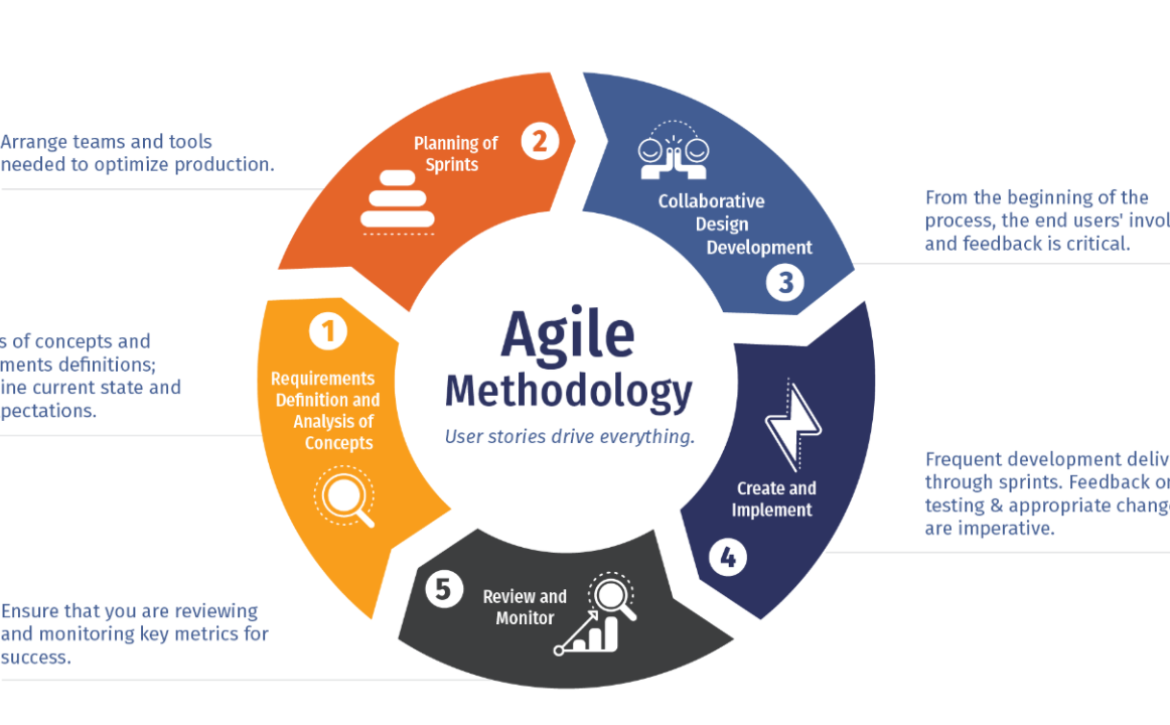Make Your App Error Free With These Types of Mobile App Testing
Did you know mobile applications have always been an inseparable part of software application development? Every business wants to be connected with this ever-changing digital world and stay ahead of the competition by developing unique and enthralling applications. Various types of applications are available for different purposes, and their success completely depends on user reviews.
There is an immense need for every application to run flawlessly on millions of different devices and operating systems. To ensure this happens, mobile testing must be planned and executed with absolute thoroughness and accuracy. Below a shadow of any doubt, smartphones and mobile applications have become imperative for everyday use. The use of mobile applications has grown for individuals and corporate businesses. For many brands, it is a necessity to have a mobile application that shows how efficient the business is and what it can offer to its customers.
Well, mobile testing is a process of running various tests against applications to ensure that the functionality and usability meet the requirements and specifications of people. Mobile testing includes general types of testing (functional, performance, usability, and security) as well as mobile-specific ones (interruption, location, and certification). Mobile app testing is an intricate process but, you cannot hope for a successful mobile app release without it.
Given below are the things to consider while developing a mobile testing strategy.
Choose your testing method wisely. Mobile applications can either be tested on real devices or emulators. Also, there are various device clouds that let you use hundreds and millions of devices remotely.
Ensure your test coverage is sufficient
You might be an old candidate for mobile app testing but, there is always room for improvement. Having a correct plan and going for persistent testing are just some of the tips you can use to make your testing effective and efficient.
Mobile App deserve special attention too. So never, never forget to give them a proper test. Just keep one thing in mind. Manual and automated testing are not rivals but two colleagues working simultaneously to make your application the best of the best.
What makes a five-star mobile application?
The cost to fix an error of a mobile application can be devastating. Bugs and lags tend to trigger a storm of negative feedback that leads to low ratings and bad reviews on the Play Store and App Store. Have you seen one-star-rated applications attracting new users? If that does not attract you, how would it attract other users? But if you take mobile testing seriously, you have every chance to rank high on these stores. Let’s look at a few ways how to get your application on five-star ratings and what benefits of mobile application testing will lead your application to the top.
Intuitiveness
Always ask people what makes them love and use your favorite application. You’ll end up hearing they are simple and easy to use. Since mobile applications do not come with a user manual, an excellent mobile application is all about the impeccable experience. Users tend to value intuitiveness and that is something so hard to achieve when designing a mobile application. Many developers overdesign. Users do not find intricate applications appealing and delete them. So, user experience matters the most. Ensure to test the user experience of your application throughout every stage of development is essential. And it is better to ask your target audience to examine an application for you.
Easy feedback
A mobile application that works smoothly and seamlessly has been tested thoroughly. But even the mightiest of QA checks cannot cover every type of test scenario. Sometimes users face a lot of issues and you have to provide them a way to communicate their issues with you directly instead of writing them on your page. It also helps in building trust between your business and potential customers.
Performance
The first impression of a mobile application is critical. If the performance of a mobile application fails to meet user expectations, it is highly unlikely that people would give it a second chance. Performance is the cornerstone of an application’s quality and, you have to put a lot of exertion into testing it before the application goes live.
A mobile application cannot win by having an awesome idea only. There is an immense need for proper implementation to hit the top of the list on the AppStore. Mobile applications end up having five starts if it is constructed properly.
Given below are the advantages of mobile app testing.
Negative reviews on Google Store and App Store are mostly complaints about crashes, lousy performance, and battery draining. All of these issues can be avoided if an application is tested properly.
Better UI/UX
Mobile testing allows the app development companies and app developers to put themselves in users’ shoes and have access to the overall application experience. They explore the logic behind an application and double-check if it is intuitive and convenient to follow. However, it is essential to keep running user interface and user experience tests throughout the entire app development cycle.
Proper functioning
The objective of mobile app testing is to ensure whether or not the application is working without any glitch. They check if an application is working properly under various performance requirements, load conditions, changing networks, and more. Different teams opt for different methods. Some use real devices, some user testing, and some emulators. However, it is recommended to use simulators in the initial stages of development because they are handy. But to ensure your application works in a streamlined manner, you need to consider real devices before launch. However, the amalgamation of these two launches and complementing them with the cloud device is an optimum solution.
Loyal users
In the end, it is all about the user experience. People who enjoy using an application will keep using and recommending it to others. It further helps businesses build a strong reputation and reach a wider audience. But you fail to achieve a higher level of quality if you fail to make your users contented.
To set yourself apart in the competition in the market that is overflowing with applications, you should design a mobile application that is user-friendly, scalable, and of premium quality.



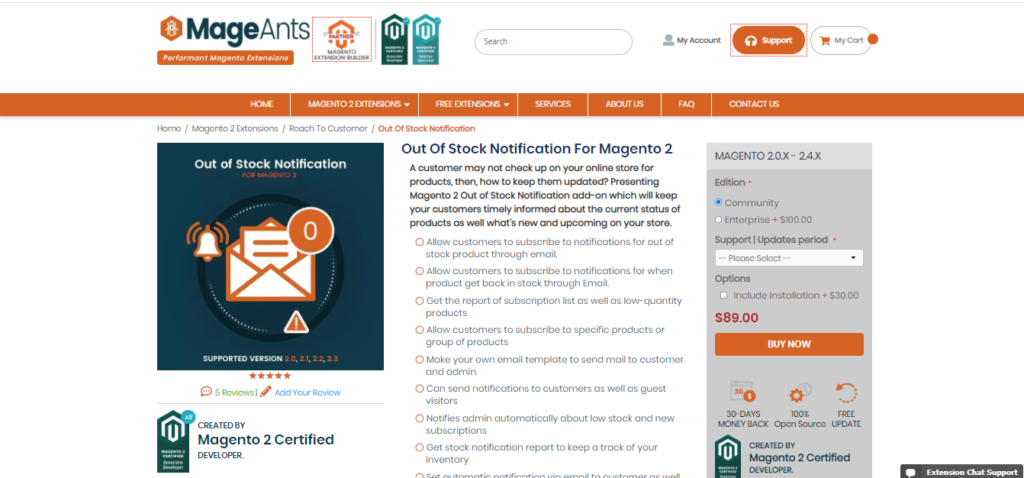
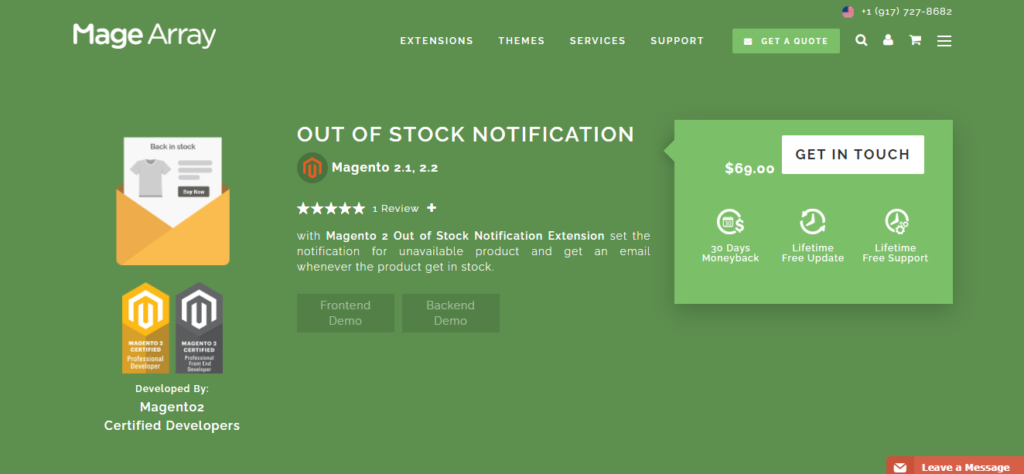 They provide support to all versions and platforms of Magento, with a primary focus on Magento 2 extension development which warrants improved user and admin experience. Also, customization of websites with different Magento 2 themes to stand out in the crowd.
They provide support to all versions and platforms of Magento, with a primary focus on Magento 2 extension development which warrants improved user and admin experience. Also, customization of websites with different Magento 2 themes to stand out in the crowd.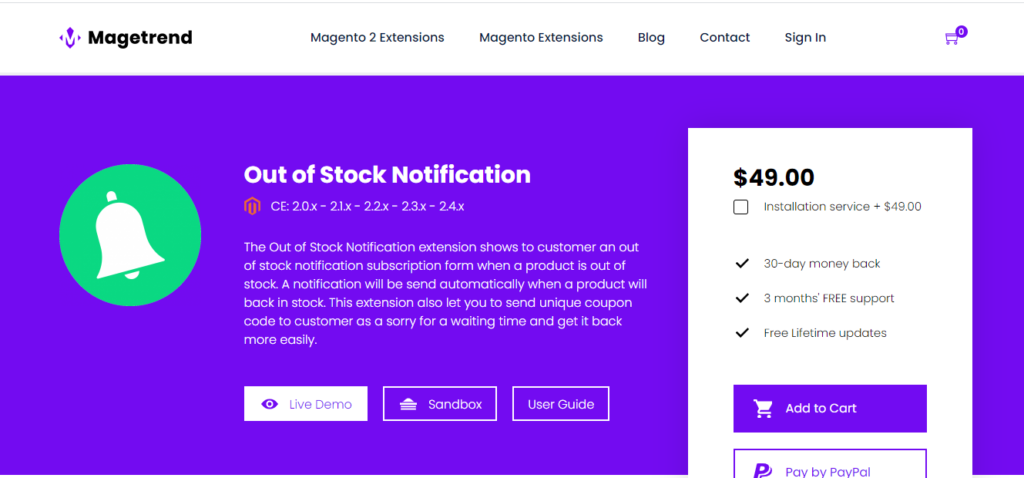


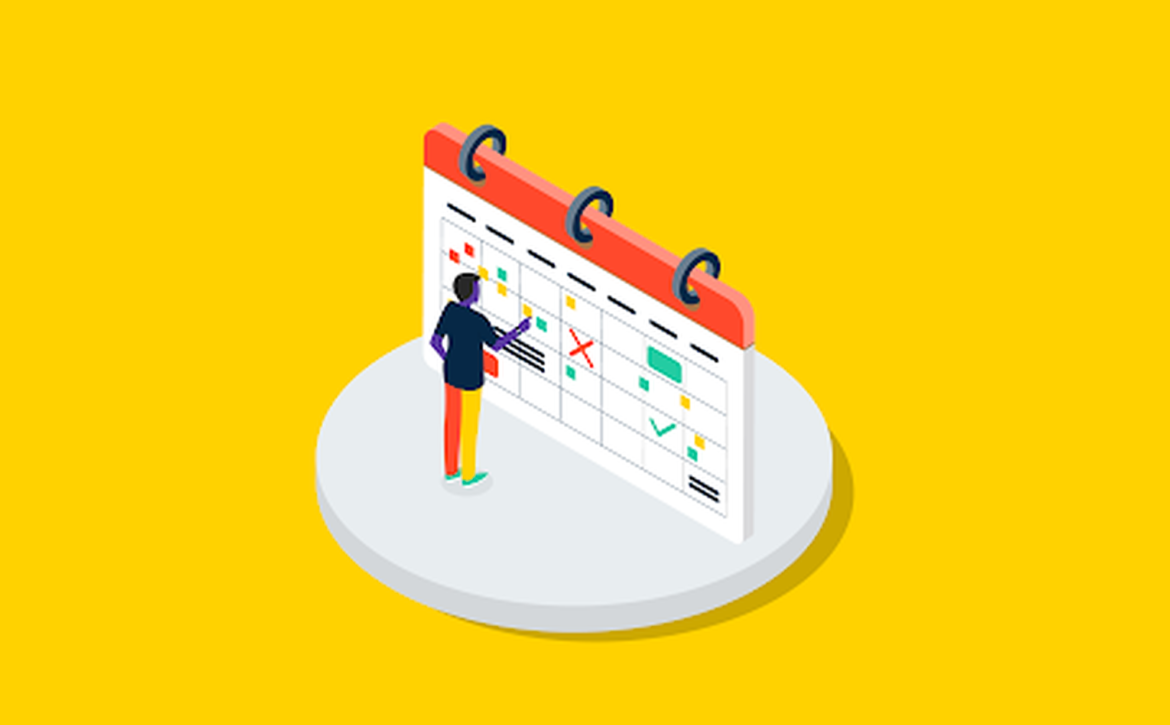

 Imagine something like this—you are asked to work on a project, but you were never told your goals. Tell me will the project be completed. Never, right? Your goals and objectives are your constraints that lead you in the right direction.
Imagine something like this—you are asked to work on a project, but you were never told your goals. Tell me will the project be completed. Never, right? Your goals and objectives are your constraints that lead you in the right direction.
 No matter how compelling your plan is, without the right communication, every project fails. And every time you start a project, you must meet with all the team members and align a communication plan. And there you must understand each strength and weaknesses, make them aware about their roles and responsibilities.
No matter how compelling your plan is, without the right communication, every project fails. And every time you start a project, you must meet with all the team members and align a communication plan. And there you must understand each strength and weaknesses, make them aware about their roles and responsibilities. Blunders happen when a lack of goals and objectives leads to demotivation among the project stakeholders. Or even when stakeholders don’t know about their roles and responsibilities.
Blunders happen when a lack of goals and objectives leads to demotivation among the project stakeholders. Or even when stakeholders don’t know about their roles and responsibilities.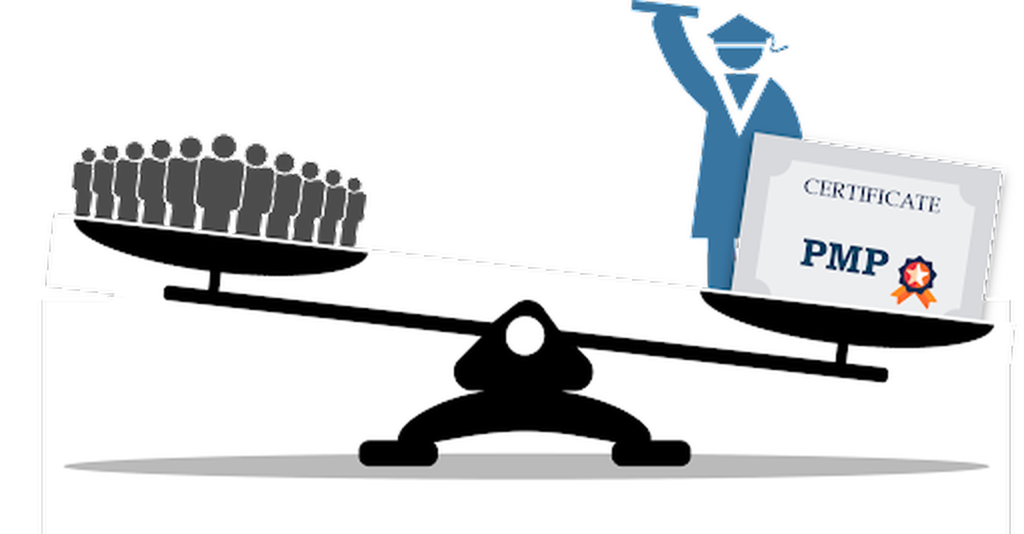 PMP certification is the gold standard certification for project managers that gives project managers global recognition for their work and opens many doors and opportunities for the same. The best part is you’ll get a salary hike up to 20% on your current salary, and your PMP certification will speak for itself that you know the best of what you know.
PMP certification is the gold standard certification for project managers that gives project managers global recognition for their work and opens many doors and opportunities for the same. The best part is you’ll get a salary hike up to 20% on your current salary, and your PMP certification will speak for itself that you know the best of what you know.
 Project managers are best known for their skills, decision-making, and critical thinking. But you will develop skills in the process; in each mode, you’ll learn things that will push or pull you, and all you can do is learn from them.
Project managers are best known for their skills, decision-making, and critical thinking. But you will develop skills in the process; in each mode, you’ll learn things that will push or pull you, and all you can do is learn from them.
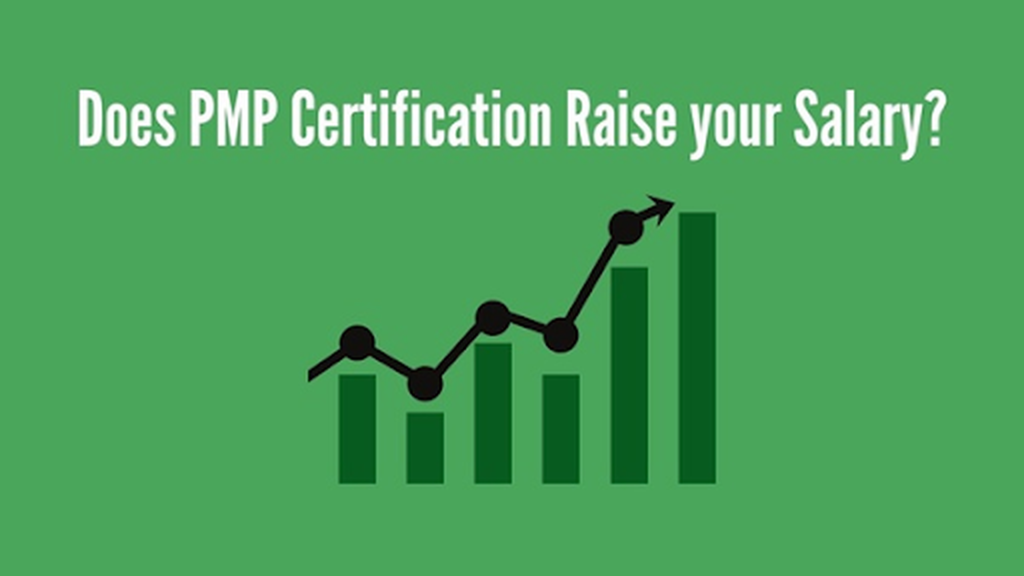 Imagine how you will feel when your company will hike your salary to 20% more of your current salary just because you have added PMP certification. Yes, you heard that right. Companies and HR give higher weightage to PMP certified professionals over non-PMP certified professionals.
Imagine how you will feel when your company will hike your salary to 20% more of your current salary just because you have added PMP certification. Yes, you heard that right. Companies and HR give higher weightage to PMP certified professionals over non-PMP certified professionals.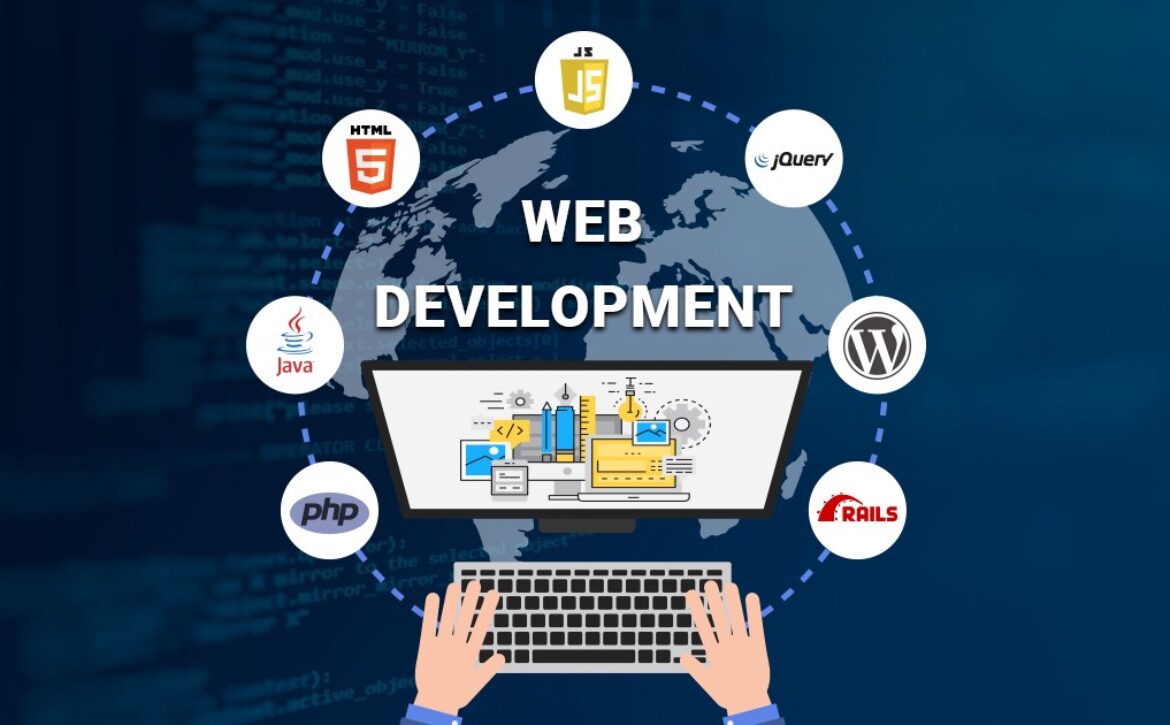
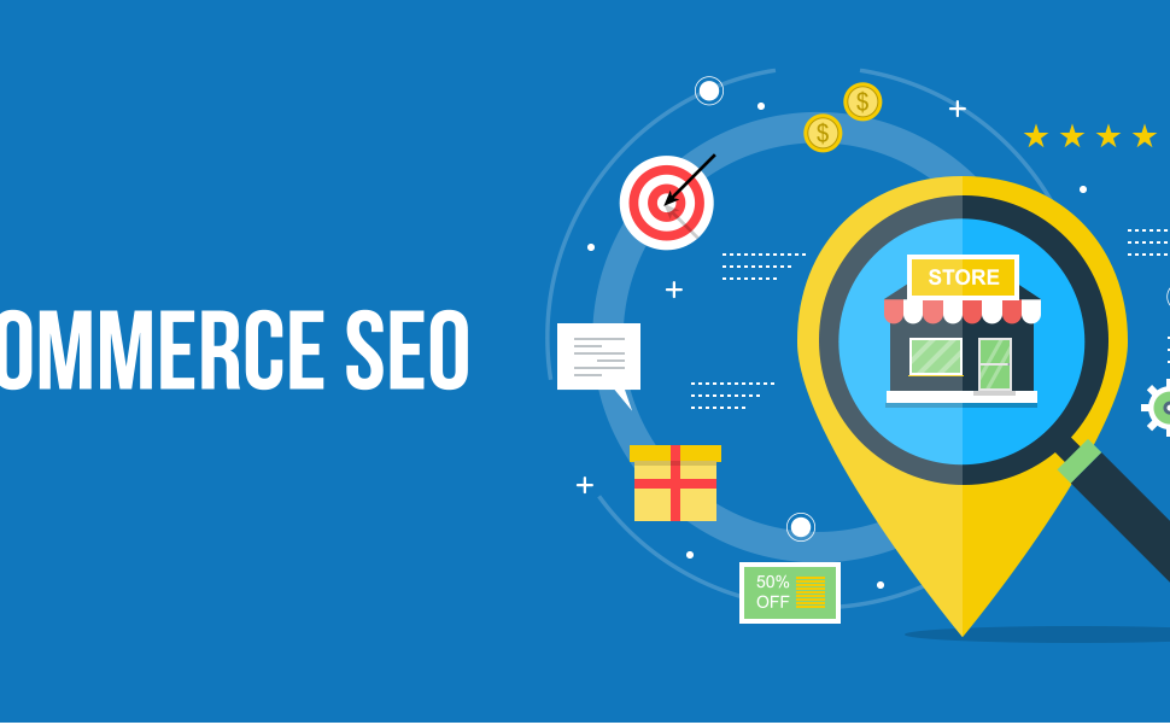

 PHP is used widely as a popular information resource. Of course, the tech stack isn’t restricted to this computer language, although PHP code is used extensively in MediaWiki. PHP’s adaptability became a key benefit for Wikipedia.
PHP is used widely as a popular information resource. Of course, the tech stack isn’t restricted to this computer language, although PHP code is used extensively in MediaWiki. PHP’s adaptability became a key benefit for Wikipedia. PHP was used to create this well-known social networking site. In reality, Facebook created Hack, a PHP-based programming language. It integrates easily with PHP, allowing developers to keep the PHP source up to date. Investors built HVVM, a modified version of PHP for the purpose of easy development and error-fixing in Facebook.
PHP was used to create this well-known social networking site. In reality, Facebook created Hack, a PHP-based programming language. It integrates easily with PHP, allowing developers to keep the PHP source up to date. Investors built HVVM, a modified version of PHP for the purpose of easy development and error-fixing in Facebook.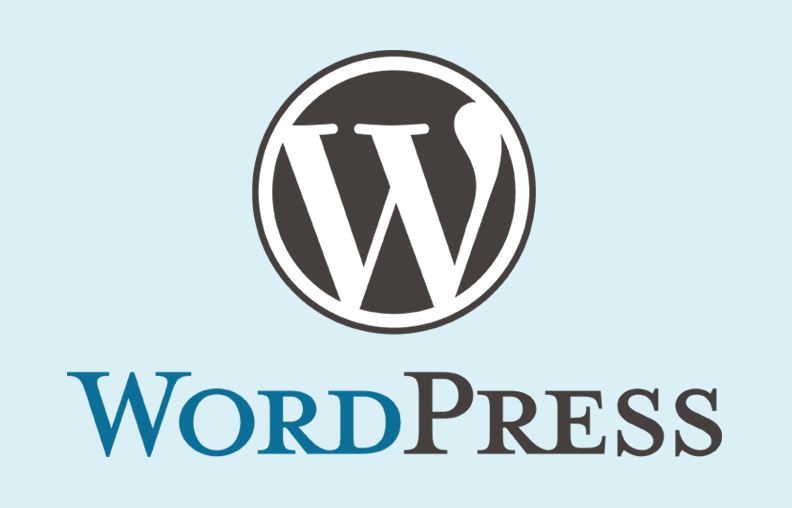
 Yahoo is another well-known PHP-based search engine. It was first released in 1995 and continues to assist people to this day. This news website has over 7 billion monthly visits, making it the world’s sixth most popular web platform. As a result, PHP has proven to be a trustworthy programming language for creating big and sophisticated websites.
Yahoo is another well-known PHP-based search engine. It was first released in 1995 and continues to assist people to this day. This news website has over 7 billion monthly visits, making it the world’s sixth most popular web platform. As a result, PHP has proven to be a trustworthy programming language for creating big and sophisticated websites.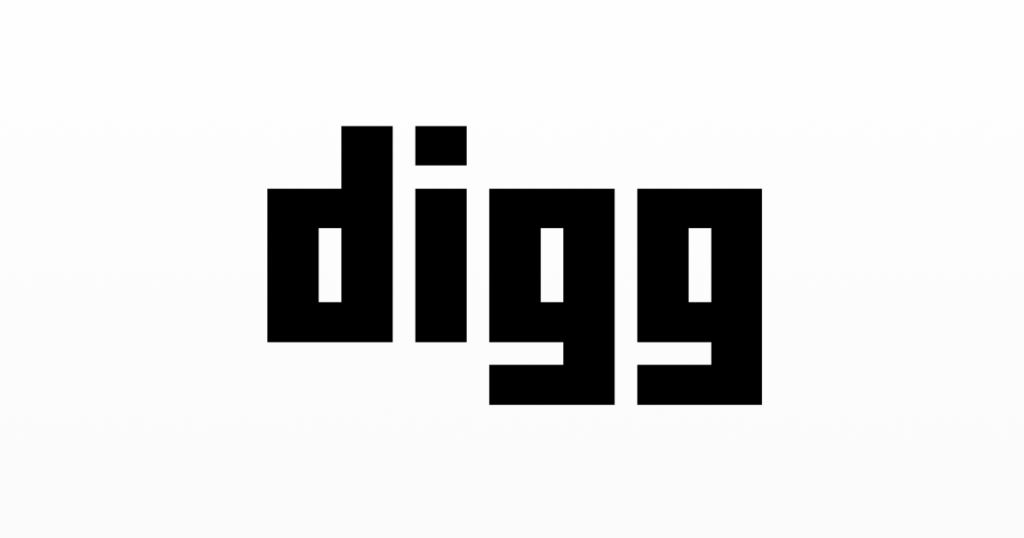 This website is primarily intended to disseminate essential information and entertaining blogs. The most popular news and posts rise to the top of a page thanks to the organizing feature. Digg remains highly popular among Internet users, even after its makeover in 2010. Over the years, PHP has given Digg all of the essential capabilities and foundation for effective operation.
This website is primarily intended to disseminate essential information and entertaining blogs. The most popular news and posts rise to the top of a page thanks to the organizing feature. Digg remains highly popular among Internet users, even after its makeover in 2010. Over the years, PHP has given Digg all of the essential capabilities and foundation for effective operation.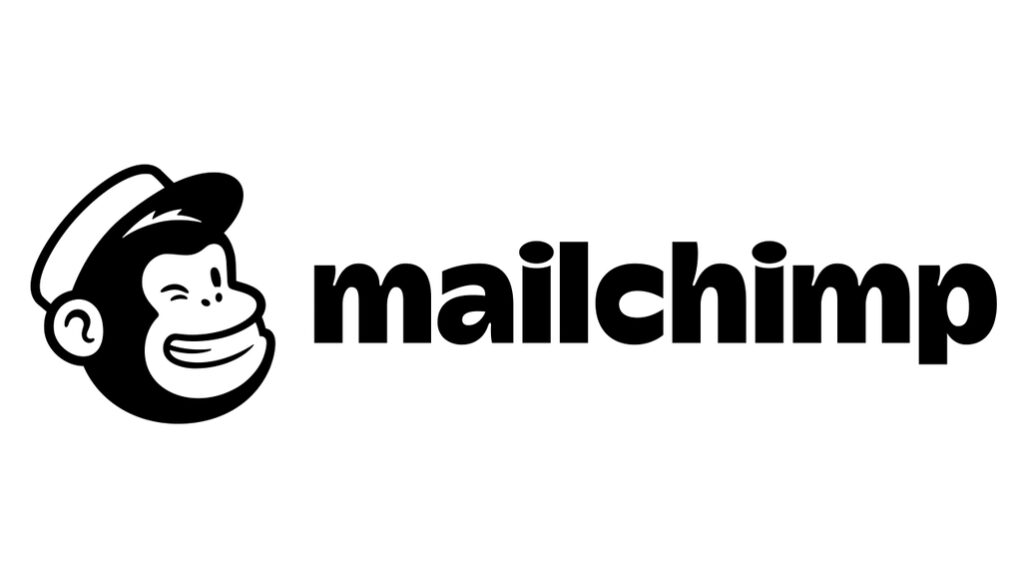 MailChimp is a well-known email marketing platform that is well-known for its simplicity of use and enhanced email production. It works with a variety of devices and platforms, providing a smooth and engaging user experience. This email marketing tool streamlines the process of producing newsletters or campaigns for businesses because of PHP’s strong nature.
MailChimp is a well-known email marketing platform that is well-known for its simplicity of use and enhanced email production. It works with a variety of devices and platforms, providing a smooth and engaging user experience. This email marketing tool streamlines the process of producing newsletters or campaigns for businesses because of PHP’s strong nature. This search engine, which was founded in China, is continually improving. Its primary features are a toolbar for searching information, discovering photos and videos, and online advertising. Thanks to PHP, all of this became a reality. Baidu now competes well with Google Search, Yahoo! China, and other prominent engines.
This search engine, which was founded in China, is continually improving. Its primary features are a toolbar for searching information, discovering photos and videos, and online advertising. Thanks to PHP, all of this became a reality. Baidu now competes well with Google Search, Yahoo! China, and other prominent engines.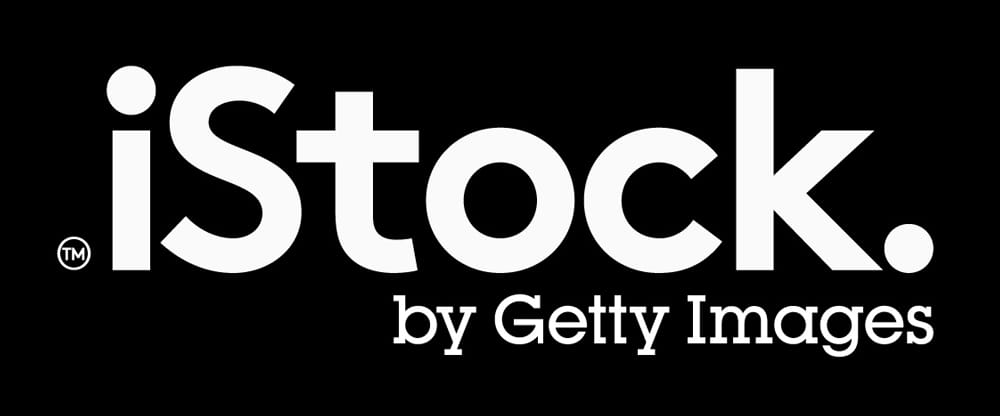 iStockPhoto is completely free of use as PHP offers. People find various-kind illustrations, images, and photos on this platform. Bloggers, businessmen, and simple students use this popular web resource throughout the world. PHP served as a powerful tool for this website creation by offering a set of best methods in the
iStockPhoto is completely free of use as PHP offers. People find various-kind illustrations, images, and photos on this platform. Bloggers, businessmen, and simple students use this popular web resource throughout the world. PHP served as a powerful tool for this website creation by offering a set of best methods in the  The PHP programming language is also used to create this social networking site for sharing ideas, videos, and photos. Tumblr is one of the top 100 most frequented websites on the internet, allowing for huge text, image, and video sharing. This microblogging platform’s foundation is PHP, which provides it with a wealth of features and functions.
The PHP programming language is also used to create this social networking site for sharing ideas, videos, and photos. Tumblr is one of the top 100 most frequented websites on the internet, allowing for huge text, image, and video sharing. This microblogging platform’s foundation is PHP, which provides it with a wealth of features and functions.
 This is the place to start whether you’re new to SEO or want to learn more about it as part of a larger marketing position.
This is the place to start whether you’re new to SEO or want to learn more about it as part of a larger marketing position.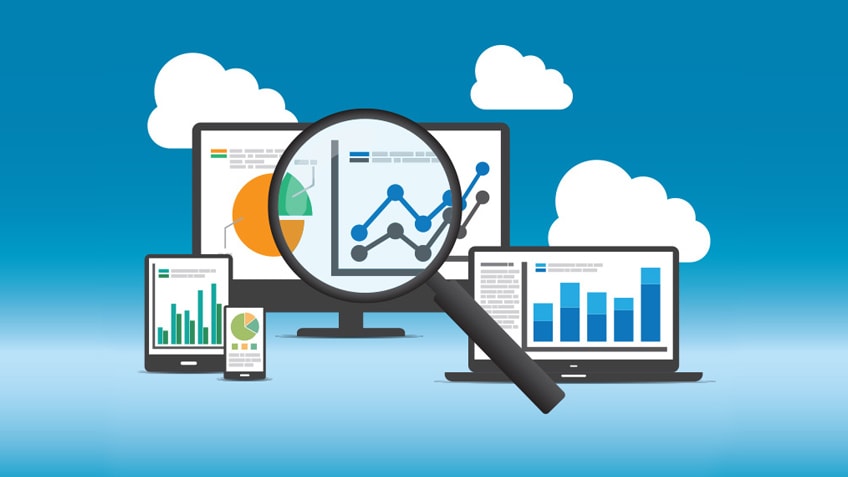 SEO experts are required to be able to evaluate the effectiveness of their work.
SEO experts are required to be able to evaluate the effectiveness of their work.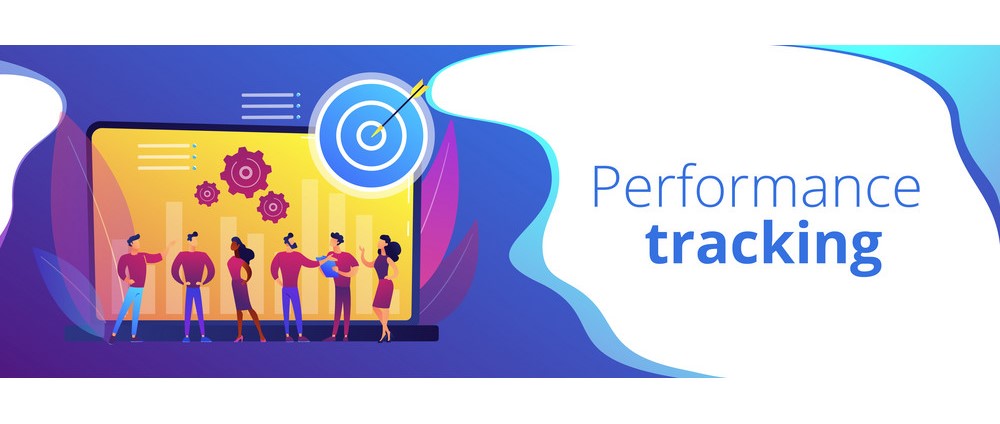 It’s critical to be able to act as a point person for your own website with web developers or IT teams in order to ensure that tracking scripts and pixels are properly implemented.
It’s critical to be able to act as a point person for your own website with web developers or IT teams in order to ensure that tracking scripts and pixels are properly implemented.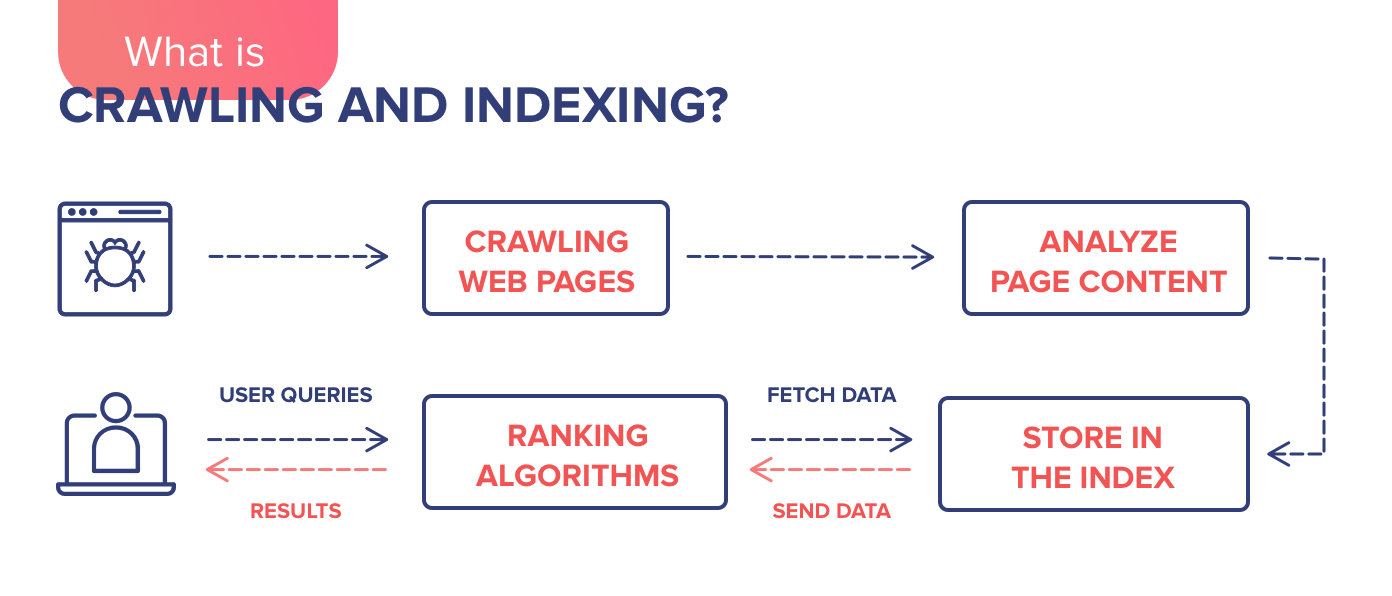 Understanding
Understanding 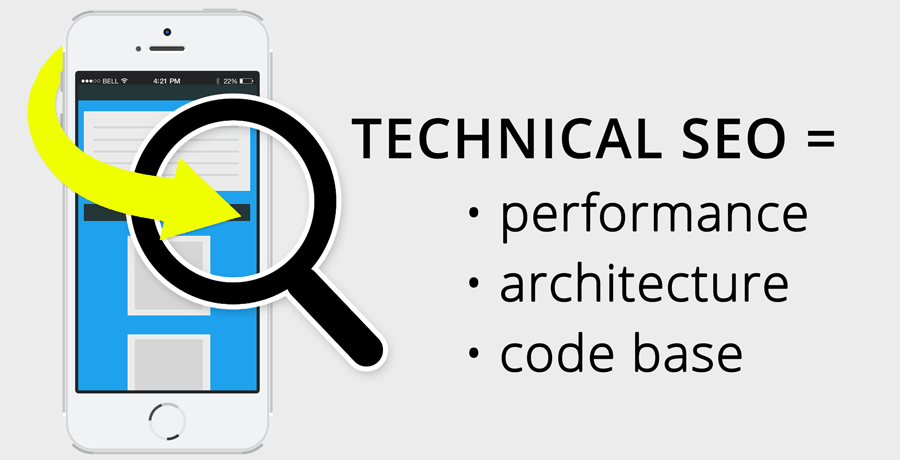 For those who are more creative and content-oriented, this can be scary. There are various hats that SEO specialists wear, and there are some highly successful SEO practitioners who aren’t very technical.
For those who are more creative and content-oriented, this can be scary. There are various hats that SEO specialists wear, and there are some highly successful SEO practitioners who aren’t very technical.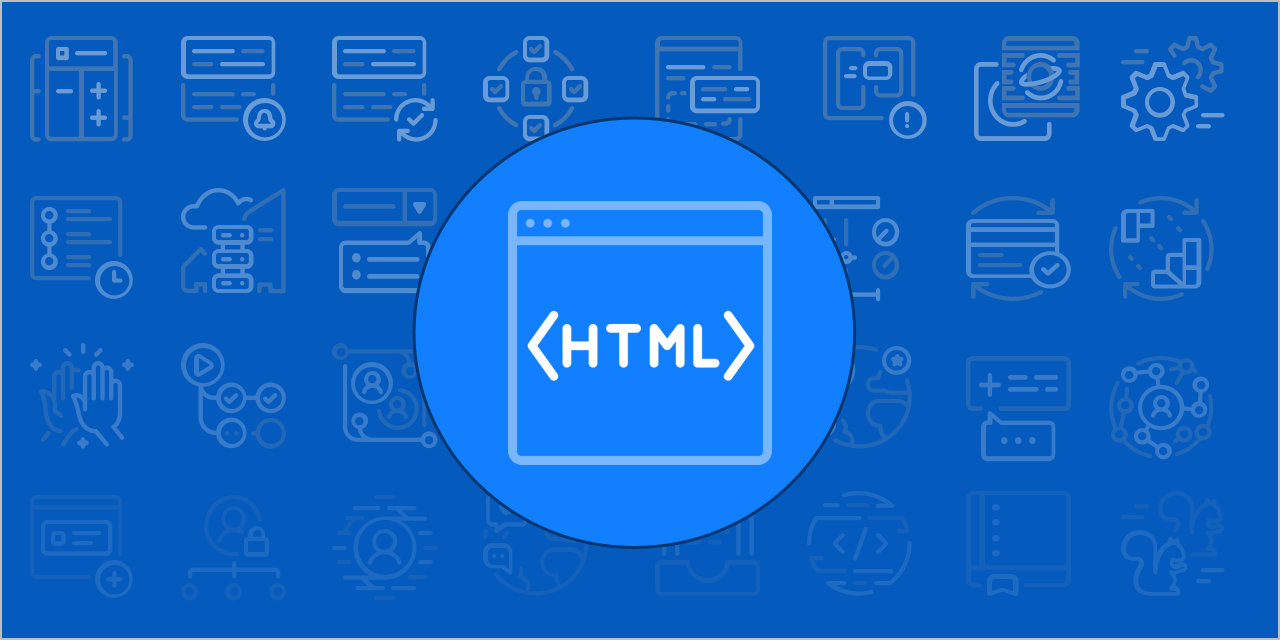
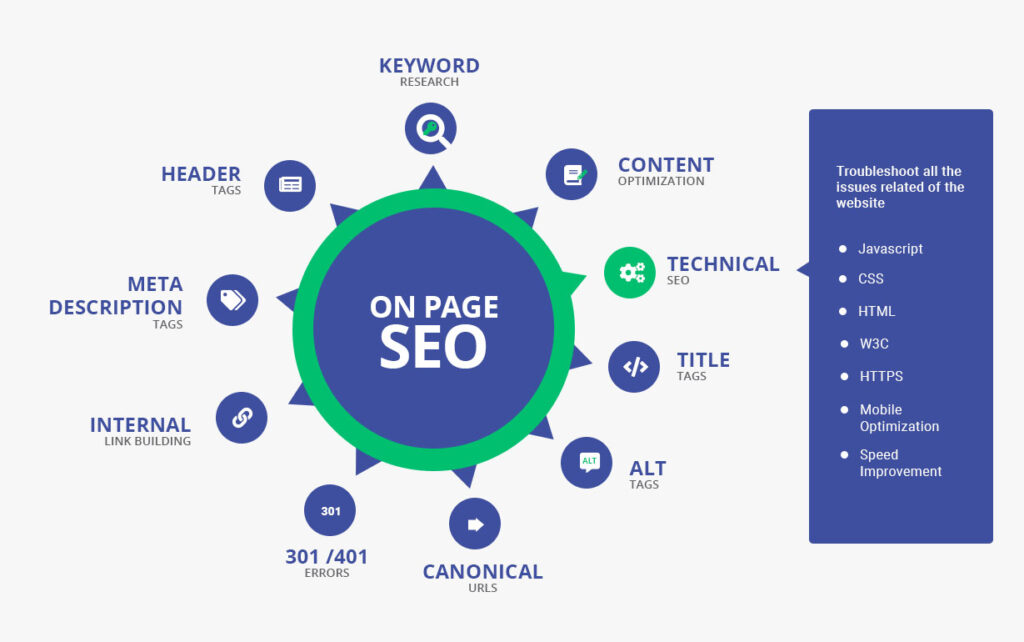 Thankfully, most
Thankfully, most  While we all want to create content that attracts links naturally and never have to worry about link building, you still need to know how linking affects rankings. Quantity vs. quality is an often misunderstood concept, and too much or too little emphasis on links and authority might stymie SEO attempts.
While we all want to create content that attracts links naturally and never have to worry about link building, you still need to know how linking affects rankings. Quantity vs. quality is an often misunderstood concept, and too much or too little emphasis on links and authority might stymie SEO attempts. Google’s E-A-T
Google’s E-A-T